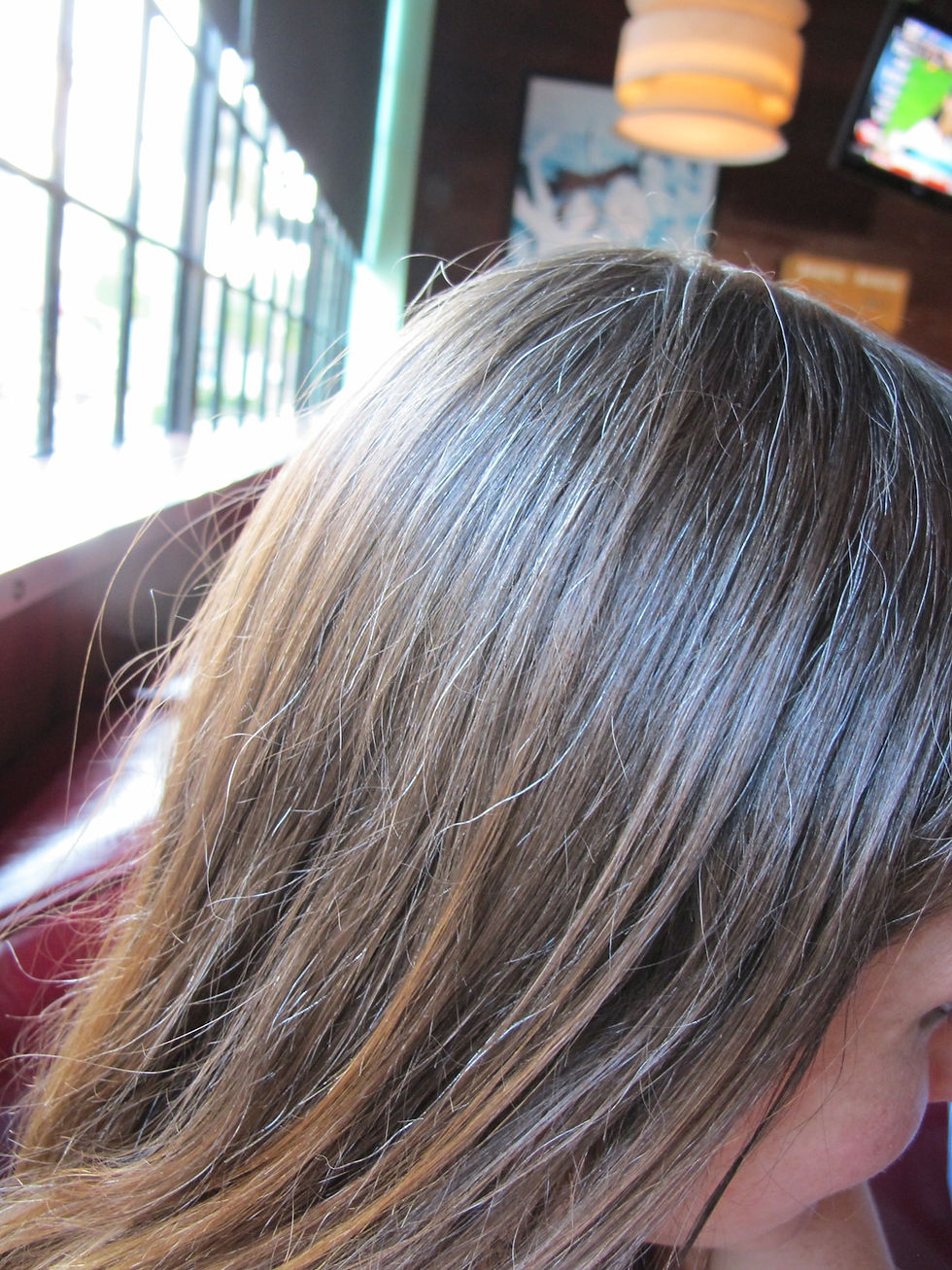Ow! I just got burned
- Joanne Lee
- Oct 5, 2021
- 3 min read
By Anagha Rao

Did you know that burns are one of the most common injuries, especially in children? 1 out of every 3 Americans report getting sunburned each year! But not all burns are created equal, and some burns can be far more dangerous than others. Let's begin by talking about what exactly a burn is.
The term “burn” refers to any condition where sun, heat, chemicals, or electricity cause damage to skin cells or tissue. The two most common places that burns occur are at home and in the workplace. In addition to traditional burns caused by hot objects or the sun, chemical burns are also common. A chemical burn is a burn that is caused by contact with a harmful substance such as paint thinner, strong acids or drain cleaners.
Scientists have classified burns into three different degrees of burns: first-degree, second-degree, and third degree.
First-degree burns are the mildest type of burns, and they are often very minor. In a first degree burn, the heat only damages the epidermis, or the top layer of the skin. These burns usually cause redness, swelling, and maybe mild pain. In most cases, first degree burns are caused by mild sunburns or flash burns, which are a brief burst of heat.
Second-degree burns are more severe than first-degree burns. Second-degree burns cause damage to the epidermis and the dermis of the skin, and these burns can cause painful blistering, intense pain, or skin that looks red, white, or brown. Some common causes of second-degree burns are severe sunburn, exposure to fire, and contact with boiling water. Occasionally, second-degree burns can cause permanent scarring.
Third-degree burns are the most severe and dangerous type of burn. These burns are characterized? by damage to the skin, hair follicles, and underlying tissue. Third-degree burns usually lead to dry and leathery skin, swelling, and lack of pain because the nerve endings have been cut or damaged. If someone has a third-degree burn, they must immediately seek medical help.
Although some burns are not as serious as others, many burns can cause severe pain and permanent scarring if they are not treated properly. In order to properly treat a minor burn, the best treatment at home is to immerse the burn in cold water or apply cold compresses to it. Keep the burn under cold water or apply the cold compress to it until it feels cool and normal. If it is a chemical burn, keep it under running water for 30 minutes. Applying petroleum jelly 2-3 times a day will also help the burn. This is because the petroleum will help seal the skin with a water-protective barrier, helping the skin retain moisture. After this, cover the burn with sterile bandage or clean cloth. Never apply ice or ice-cold water on a burn because this can cause tissue damage. There is a common myth on the internet that applying random household items such as ointments, toothpaste or butter will help a burn. Applying these things may cause an infection, and there is no scientific evidence proving the effectiveness of these treatments.
Although mild sunburns may not seem harmful, but for example, excessive sunburns in children and adolescents can increase the risk of skin cancer. Thankfully, there are some ways to prevent burns.
Install smoke alarms in every room of the house
Use safe cooking practices and never leave children unsupervised in the kitchen
Reduce water temperature
Check car seats with hot straps or buckles
Avoid backyard fireworks
Educational Content
What are the three different degrees of burns?
First-degree burns are the mildest type of burns, and they are often very minor. Second-degree burns are more severe than first-degree burns. Second-degree burns cause damage to the epidermis and the dermis of the skin. Third-degree burns are the most severe and dangerous type of burn. These burns are categorized by damage to the skin, hair follicles, and underlying tissue.
What are some things you can do to prevent burns?
Install smoke alarms in every room of the house
Use safe cooking practices and never leave children unsupervised in the kitchen
Reduce water temperature
Check car seats with hot straps or buckles
Avoid backyard fireworks
Sources
Image Credit:
No changes were made, File:First-degree burn1.jpg - Wikimedia Commons, License: Creative Commons Legal Code




Comments